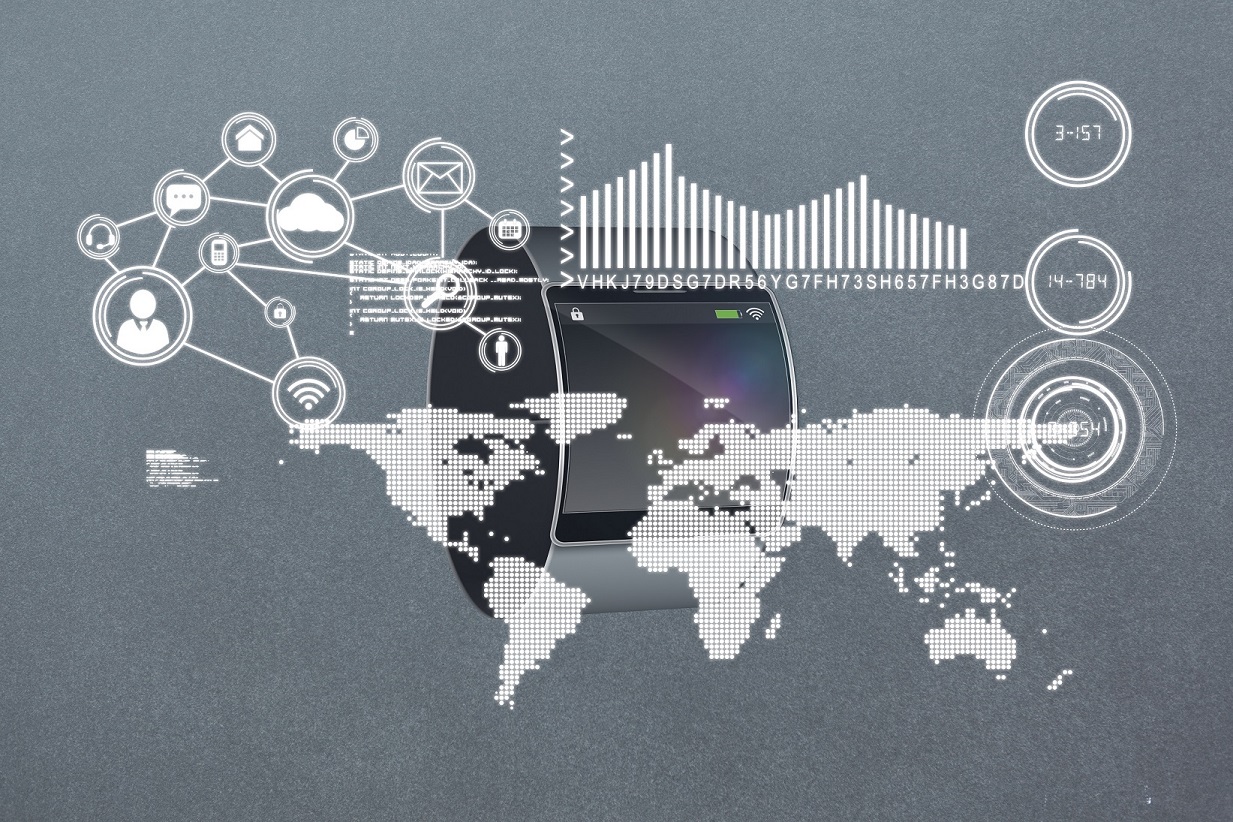The Internet of Things (IoT) is a network of devices that receive, transmit, process, and visualize data to make decisions, control the state of devices and the environment, and manage equipment, among other functions. The implementation of the Internet of Things provides new opportunities for security, resource conservation, and creating a favorable environment.
On the other hand, an IoT system is a complex mechanism that must include multiple devices and systems for data collection, analysis, and equipment command transmission.
What are the main components that an Internet of Things system should consist of in order to perform its functions?
- IoT devices are physical objects equipped with sensors, actuators, and communication means that allow them to interact with the surrounding environment and collect various measurements. For example:
- Temperature sensors measure the temperature in smart home systems, industrial processes, climate control systems, etc.
- Humidity sensors gather information about humidity in rooms, automatic plant watering systems, and other applications where accurate control of this parameter is important.
- Light sensors are used for automatic lighting control in rooms, street lighting, security systems, and other applications.
- Motion sensors detect movement in a specific area and are used in security systems, smart homes, automatic on/off lighting.
- Pressure sensors measure air, liquid, or gas pressure in control and security systems, industrial applications, atmospheric and meteorological applications.
- Motion and position sensors determine the positions or movements of objects in navigation systems, asset tracking, gaming applications.
- Sound sensors are used in noise control systems, security systems, and other applications where sound analysis or detection of specific acoustic events is required.
- Actuators perform actions based on commands received from the control system or controller, allowing the system to interact with the physical world. Examples include:
- Electromechanical actuators such as motors, servos, and electromagnetic valves that can operate mechanisms for opening and closing windows in smart home systems.
- Hydraulic and pneumatic actuators convert the energy of fluids or compressed air into mechanical motion for moving or holding objects in industrial devices.
- Valves and dampers control the flow of fluids, gas, or air. For example, dampers regulate airflows in air conditioning and ventilation systems.
- LEDs and displays provide information or indicate the system’s status.
- Sound and vibration actuators allow communication with users to alert them of certain events or conditions, including sound signals for critical temperature values, gas concentrations, etc.
- Robots and manipulators perform tasks in industries, medicine, automation, and other fields where precise control and object manipulation are required.
- The network provides communication between IoT devices and transmits information between them. It can be a wired or wireless network, such as:
Wireless network type
Radius of action
Examples of using
WiFi
Separate rooms or confined areas.
Home networks, offices, public places.
Bluetooth
Short distance communication.
Connect smartphones, headphones, keyboards and other peripheral devices.
Zigbee
Low distances within the premises.
Smart home, smart lighting systems, security systems and other IoT scenarios.
LoRaWAN
Long distances.
Smart cities, smart agriculture, environmental monitoring systems.
Mobile network
Long distances.
Connecting IoT devices in urban and rural areas, transportation, industry, healthcare and other IoT applications.
- Cloud servers: Cloud servers play an important role in an IoT system as they process, store, and analyze large volumes of data collected from devices. They also provide remote management and monitoring capabilities for devices and offer APIs for application development.
- Security: Tools and rules that help protect IoT devices and information from unauthorized access, hacking attacks, and data breaches.
- User interface: The means of interacting with IoT devices. For example, mobile applications on smartphones, web pages on the internet, or voice commands to control IoT devices and retrieve information from them.
- Data analytics: Ready-made platforms for analytics offer tools and algorithms to process and analyze information in IoT systems. These platforms enable analysis, pattern detection, forecasting, and decision-making based on information without the need for developing custom algorithms and models.
There are ready-made systems for connecting IoT devices, including free services. You can find more information at the provided link. Ready-made platforms are an optimal choice for starting a project as they require less investment and allow for quick testing of IoT approaches.
Software development for data collection and analysis is chosen in the following cases:
- Special requirements or unique needs that cannot be met by ready-made platforms.
- The need to process large volumes of data, flexibility, and control over the infrastructure.
- Data security and confidentiality are critically important, and you want full control over these aspects.
- The need to integrate IoT data with unique business processes and systems.
The Internet of Things has great potential to improve our lives and advance various fields. This technology allows for the creation of smart homes, city management systems, innovative solutions for industries, and much more. However, it is crucial to ensure security and protect information, as well as develop reliable management and analysis systems to fully leverage the opportunities of the Internet of Things.
Epol Soft has developed data analysis systems, which you can learn about at the provided links:

